Personality and Temperament
Also known as Hemingway cats in honor of the cats that roam Ernest Hemingway's estate in Florida, most American polydactyl cats are born with at least one extra toe on each front foot. Some polydactyl cats have extra toes on their hind feet as well. A select few have extra toes only on their hind feet and not on their front feet.
Even though the American polydactyl cat is not officially recognized by the Cat Fanciers Association of America, and even though it is not a specific breed of cat, it is adored for its cute, whimsical appearance. The extra toes on a polydactyl cat's front paws lends to the illusion that the cat is wearing mittens or perhaps that it has opposable thumbs. Some polydactyl cats have so many extra toes that their paws are double the size of an average cat's paws.
Some cat fancier clubs recognize all cats with extra toes. They are shown under the general name “American polydactyl cat.” This sometimes leads to confusion, causing newcomers to think that American polydactyl cats are a distinct breed.
The reality is that polydactyl cats can be of any breed, and they can be of any color. The only thing that makes a polydactyl cat stand out from others is the presence of those extra toes, which are caused by a genetic mutation.
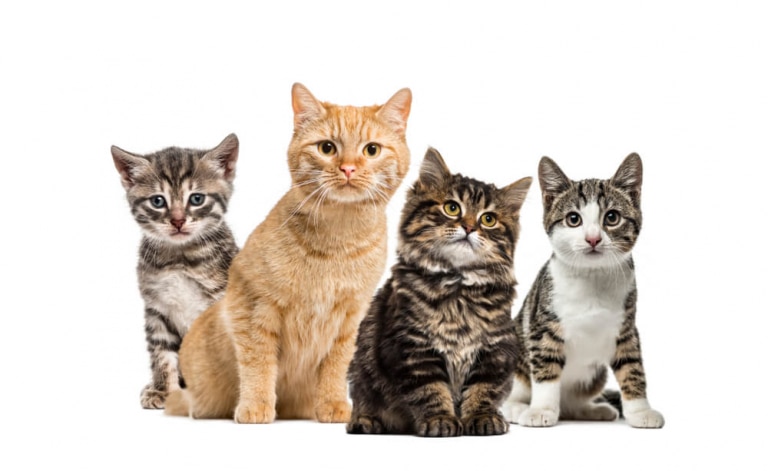
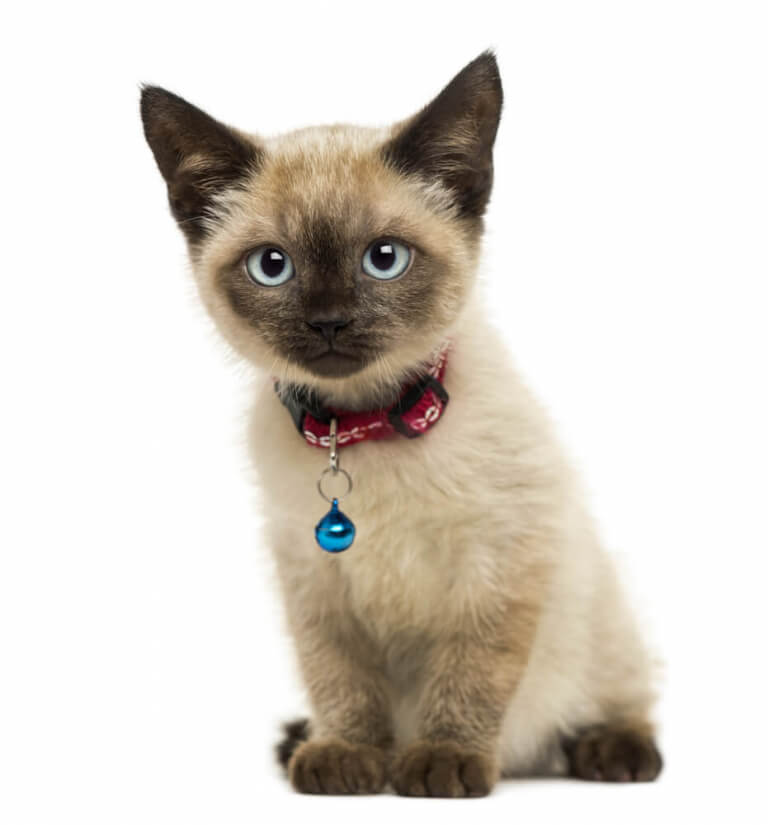
Care
Nutrition
Grooming
Exercise
Health
Polydactyl cats do not have special nutritional needs. They require the same carnivorous diet eaten by all other domesticated cats. We recommend feeding your polydactyl cat a diet that consists of high-quality cat food.
Just like all other cats, American polydactyl cats benefit from regular grooming. The type of grooming required depends on your cat's hair coat. Cats with short hair need to be brushed or combed about once per week just to remove excess hair and cut down on shedding, while cats with long hair can benefit from daily brushing and combing.
You should also teach your cat to accept nail trimming from an early age. It’s particularly important to trim a polydactyl cat’s claws as they can sometimes grow at odd angles, leading to discomfort, snagging on things, and being a general nuisance. Keeping your cat's nails trimmed will spare your furniture and your skin, too!
American polydactyl cats benefit from regular exercise. Keeping your cat at a healthy weight can help reduce excess stress on their joints and feet, ensuring that they remain comfortable as they get older.
We recommend treating your cat to a tower for climbing and perching as well as a selection of toys including items they can play with on their own and interactive options such as laser toys and wands that get you in on the fun.
Polydactyl cats generally do not have any worrisome health conditions although some toes do have claws that can become ingrown when they aren’t trimmed properly. When their extra digits consist of soft tissue only, they can sometimes be prone to injuries; this is true when extra toes aren’t properly fused to other parts of the cat’s skeletal structure.
Some polydactyl cats do have deformities that are present at birth, including fused toes that can be painful. Since each individual is unique, the best approach is to have your vet take a look at your polydactyl cat’s feet and determine whether any problems might occur. If so, they can suggest treatment to help your cat live comfortably.
The average polydactyl cat lives in a long, healthy life similar to other members of its breed.
There is another health condition that appears similar to polydactyly. Feline radial hypoplasia causes extra toes to develop on a cat's feet. However, these extra toes grow alongside the cat's normal toes, causing the feet to be very large and very flat. While this condition might not cause pain, it can lead to serious foot deformities in subsequent generations when cats with feline radial hypoplasia are bred.
History
Even though the American polydactyl cat isn’t a specific breed, these cats share a unique genetic trait. Polydactyly is caused by a dominant gene that also causes hyperdactyly (extra toes or digits) in other mammals – even humans can carry this gene!
There are different types of polydactyly in cats:
1. Preaxial polydactyly causes extra digits to form on the inside of the paw, causing the cat to appear as if it’s wearing mittens. 2. Postaxial polydactyly causes extra digits to form on the outer edges of the paw, leading to nicknames such as snowshoe cat, patty paws, or pancake paws.
It's worth noting that Pixie Bob and Maine Coon polydactyl cats are in categories of their own. At one time, an astonishing 40% of all Maine Coon cats had extra toes and it’s still quite common for these kitties to exhibit the polydactyl trait. Some Maine Coon breeders even select for it, as the Maine Coon Polydactyl is recognized by The International Cat Association (TICA) and some smaller cat fanciers clubs.
Polydactyl Pixie Bob cats are so common that they are permitted to be shown and registered, so long as they have no more than seven toes on each foot.
For now, these are the only polydactyl cat “breeds” that can be shown. Other breed standards disqualify polydactyl cats, saying that they can’t be registered or shown, even if they have just a single extra toe.
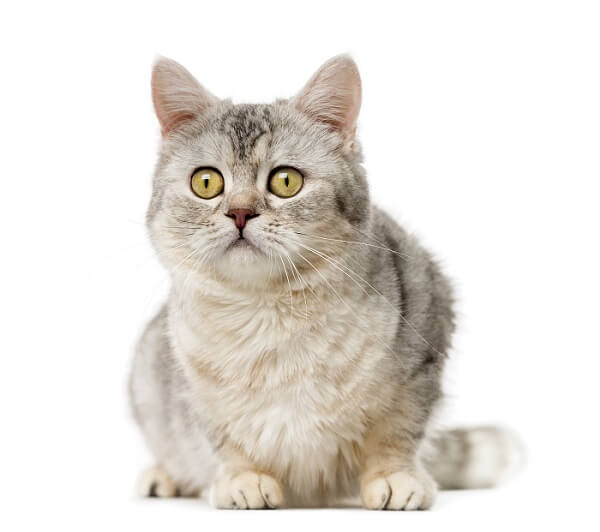
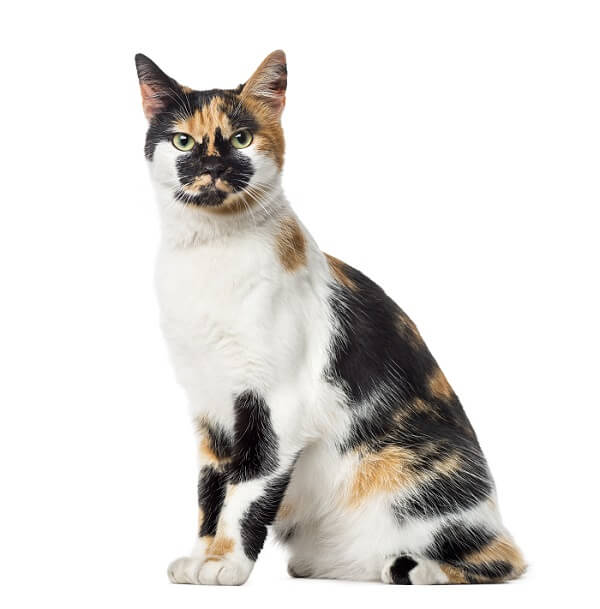
The Breed Standard
Eyes
Legs & Paws
Tail
The Breed Standard
Body
Head
Ears
Coat
Color
FAQ
How much does a American Polydactyl cat cost?
American Polydactyl cats cost between $500 - $2,000.
How big do American Polydactyl cats get?
American Polydactyl cats tend to be medium in size. A fully grown American Polydactyl cat might weigh between 7-15 pounds or more and range in height anywhere from about 10"-14" inches tall.
How long do American Polydactyl cats live?
The Average lifespan for American Polydactyl is 14-16 years.
Do American Polydactyl cats shed?
American Polydactyl are long-haired cats, so you do have to expect a certain amount of shedding from this breed, but they don't shed as much as other cat breeds.
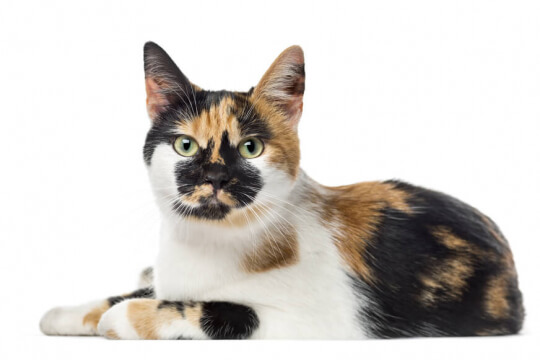
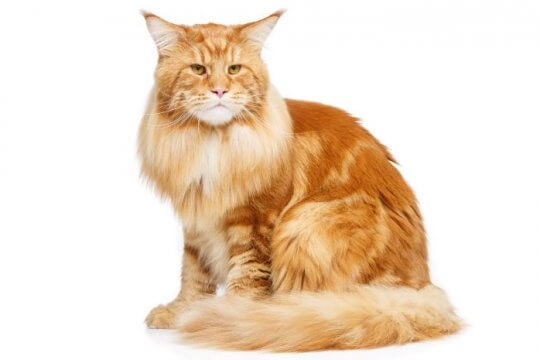
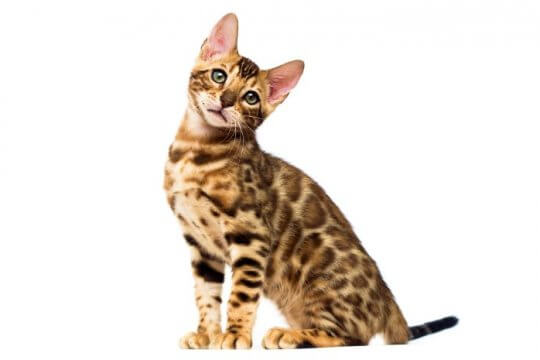
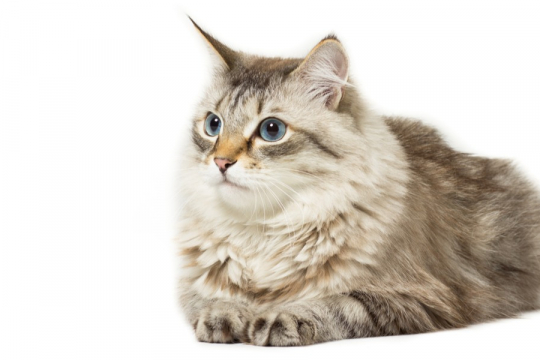
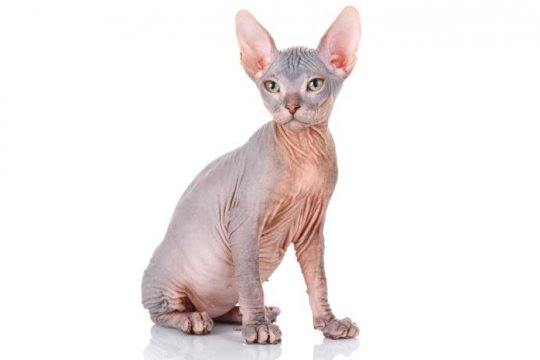
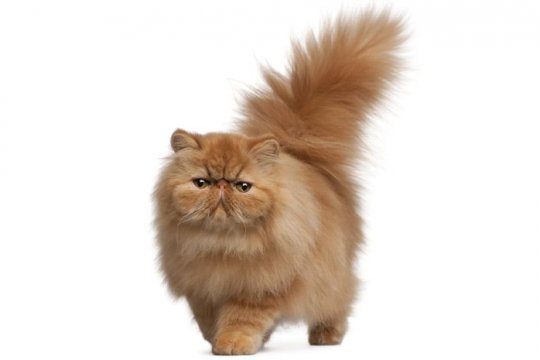
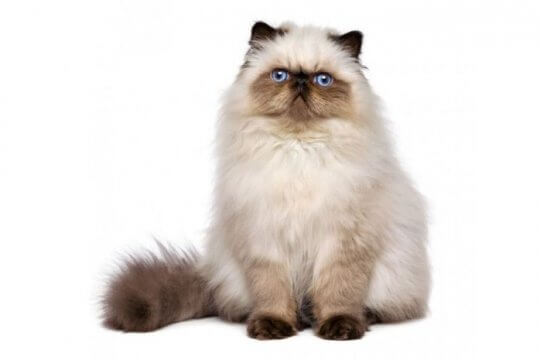
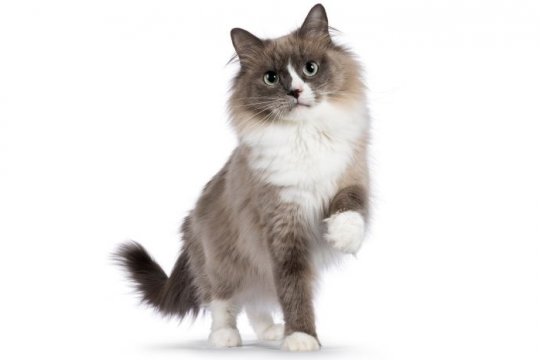
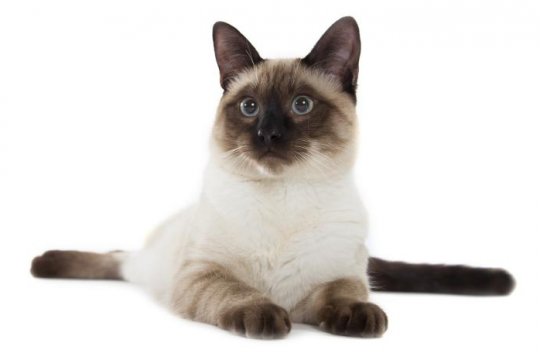
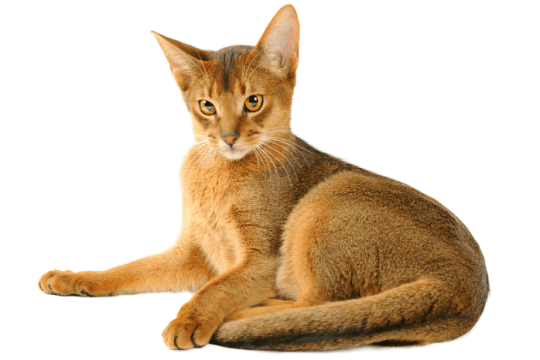
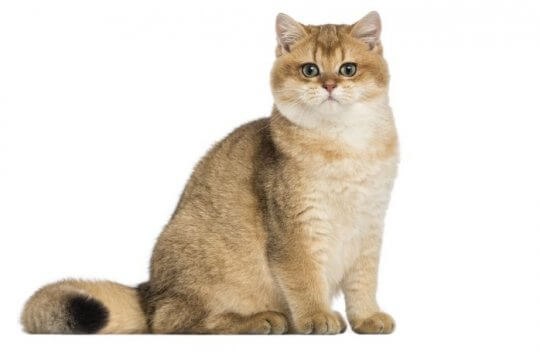

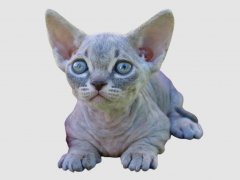
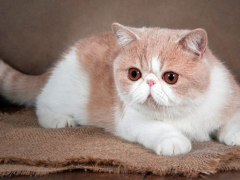
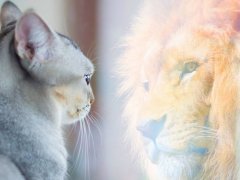



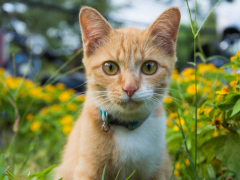
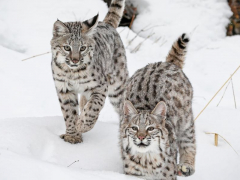

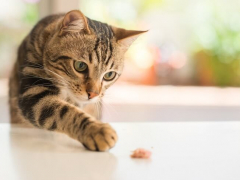
I have 2 Maine coins they are really adorable not for sale !sorry!
I adopted a stray female, short haired, black and polydactyl and pregnant. She’s had 5 kittens, one with thumbs and the other 4 all have 6-7 toes on each of their back feet. A couple have extra front and back toes. There are quite a few polydactyl strays in my area. I’m currently treating my crew for chlamydia but everyone is doing really well.
I have a cat named Mia with 6 toes on a her paws. She’s all black with a white on her chest and paws. She’s a little over a year. I’ve noticed her vision has gotten bad over time. Does her losing her vision have anything to do with being a American Polydactyl?
We had a stray kitten show up on our property that has 28 toes. It’s a beautiful flame point white kitten with blue eyes. Also on another point we had another stray that birthed 3 kittens all having 6 toes front and back
Wow, that’s fascinating! Thanks for sharing, Robert 🙂
What did you do w/kittens?
A male solid black kitten showed up in my yard a year ago I noticed that he had 6 toes on his front paws he is huge now almost the same size as my terroir now is the father of two beautiful kittens and the all grey one has the 6 toes
I was given a harlequin calico kitten with 28 toes. Should I get her registered? She’s 7 weeks old and I see potential for a star in the making! I am completely taken by her and am head over heels in love with her. Her name is Sevvy
Hi Jennifer, you can’t get a polydactyl cat registered because polydactyl cats are not recognized as a breed by any registry!
Our cat has 7 toes on. each front paw & 6 on back . But she sports that thumb soso cute. It makes her walk like she’s bull legged. So she has 26 toes. All together. Oh & long grey & white fur.
My cat who is a long haired polydactal had her first and only litter of kittens a couple weeks ago. All the kittens m&f are polydacatal as well. 1 of her kittens has 29 toes total! I couldn’t believe it!